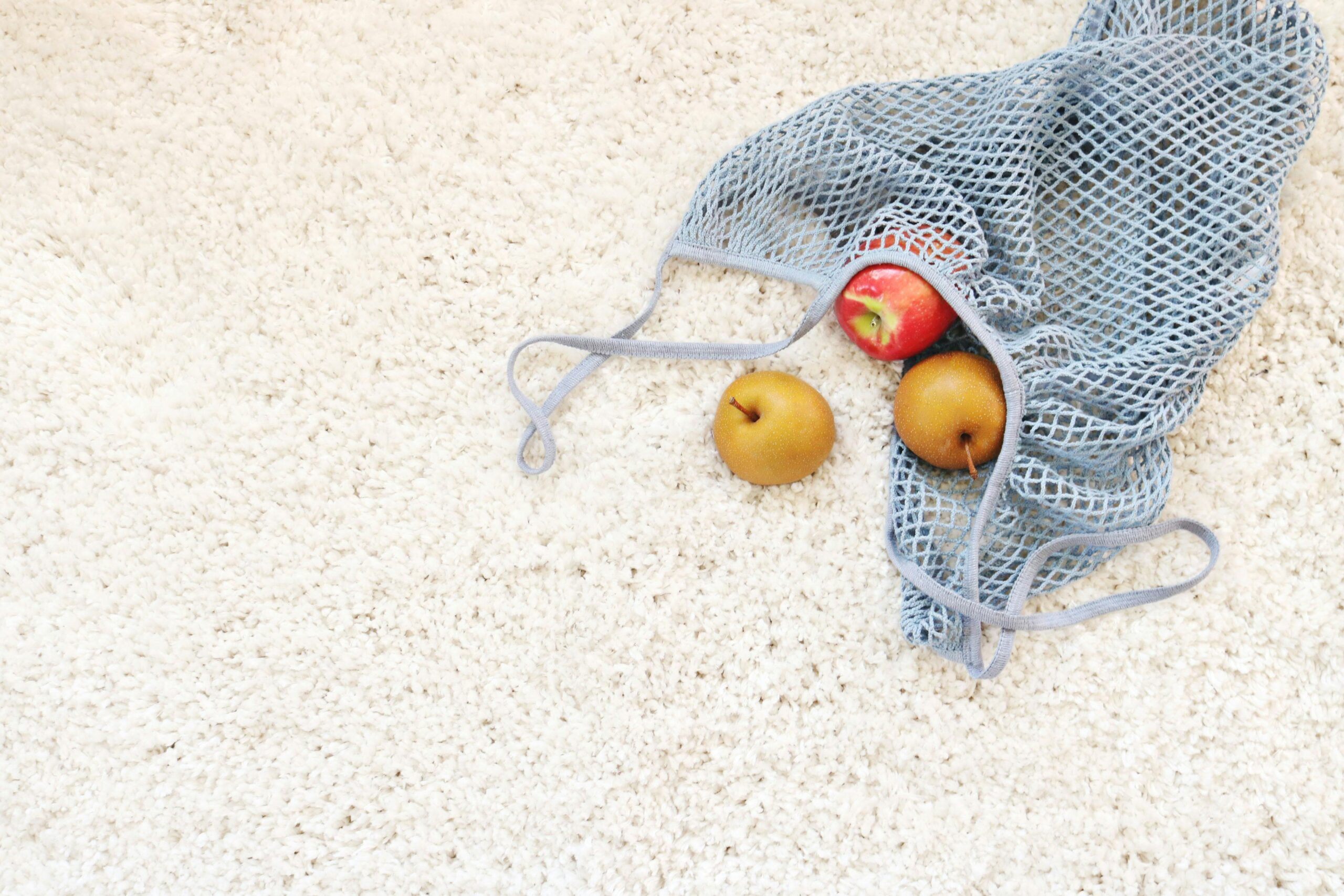Installing new carpet can transform a room, adding warmth, comfort, and style to your living space. While many homeowners consider DIY carpet installation to save money, it’s important to understand the challenges, tools required, and potential pitfalls before deciding whether to tackle this project yourself or hire professionals. This article explores the pros and cons of DIY carpet installation versus professional services, helping you make an informed decision that ensures a durable, attractive result.
Understanding the Scope of DIY Carpet Installation
Before embarking on a DIY carpet installation project, it’s essential to understand what you’re getting into. Wall-to-wall carpet installation is significantly more complex than simply rolling out a rug. It involves precise measuring, careful planning, and specialized techniques to ensure the carpet lies flat, stays secure, and looks professional. The process typically includes removing existing flooring, preparing the subfloor, measuring and cutting the carpet, installing tack strips and padding, stretching the carpet properly, and securing it firmly around the edges and transitions.
Many homeowners underestimate the technical aspects involved in achieving a seamless result. A comprehensive DIY carpet installation guide might make the process seem straightforward, but the reality often includes dealing with unexpected challenges like uneven subfloors, complicated room layouts, or pattern matching issues. These complexities can quickly turn what seemed like a money-saving project into a frustrating and time-consuming endeavor that might ultimately require professional intervention to correct mistakes.
Essential Tools for Carpet Installation
One of the main challenges of installing carpet yourself is the specialized equipment required. Professional installers come equipped with tools designed specifically for carpet installation that most homeowners don’t own and might find costly to purchase or rent for a one-time project. The tools for carpet installation typically include a power stretcher, knee kicker, carpet cutter, seam roller, trimmer, and various other implements that ensure proper tension and secure attachment.
The power stretcher alone, a critical tool for preventing future wrinkles and buckling, can be expensive to rent and challenging to operate without training. Without proper stretching, carpets can develop unsightly ripples over time that not only look bad but can also present tripping hazards. Additionally, making precise cuts around doorways, closets, and other architectural features requires skill and practice that professionals develop over many installations.
The Hidden Challenges of DIY Carpet Installation
The challenges of installing carpet yourself extend beyond just having the right tools. Physical demands represent a significant hurdle—carpet is heavy, unwieldy, and must be positioned precisely before securing. Moving furniture, ripping out old flooring, and maneuvering large rolls of carpet require considerable strength and often multiple helpers.
Seam creation presents another significant challenge. In rooms requiring multiple pieces of carpet, creating invisible seams demands skill and specialized techniques. Poorly executed seams can be highly visible, prone to separating, and significantly detract from the finished appearance. Additionally, pattern matching across seams requires meticulous planning and execution that even experienced DIYers find challenging.
Time management also becomes a factor, as rooms being carpeted are essentially unusable during installation. While professionals can typically complete an average-sized room in a day, DIY installations often stretch across multiple days or even weekends as homeowners learn and troubleshoot along the way.
Benefits of Professional Carpet Installation
Given these challenges, many homeowners ultimately decide that the benefits of professional carpet installation outweigh potential cost savings. Professional installers bring experience, efficiency, and expertise to the job, often completing in hours what might take a DIY enthusiast days. They understand how different carpet types behave, how to address subfloor issues, and how to ensure longevity through proper installation techniques.
Most professional installations also come with warranties that cover both materials and workmanship—protection not available with DIY projects. When looking for qualified professionals, many homeowners turn to trusted platforms like AskHomey to connect with vetted carpet installation experts who can provide accurate quotes and reliable service.
When to Consider DIY vs. When to Hire a Carpet Installer
Despite the challenges, DIY carpet installation might be appropriate in some scenarios. Small, rectangular rooms without complicated features might be manageable for handy homeowners willing to research techniques and rent proper tools. Rooms with minimal furniture and straightforward layouts present fewer obstacles for first-time installers.
However, knowing when to hire a carpet installer is equally important. Large rooms, open floor plans, complicated layouts with stairs or unusual angles, and premium carpet materials generally warrant professional installation. The risk of damaging expensive carpet through improper installation often outweighs potential labor cost savings. Additionally, if you’re installing carpet as part of a home sale preparation, professional results can significantly impact buyer impressions and potential return on investment.
Professional installation also makes sense when considering the lifespan of your carpet. Properly installed carpet can last years longer than improperly installed flooring, making the initial investment in professional services economical over the long term when amortized across the extended lifespan of your flooring.
For more tips and to connect with reliable home service professionals, follow AskHomey on Facebook and Instagram.



